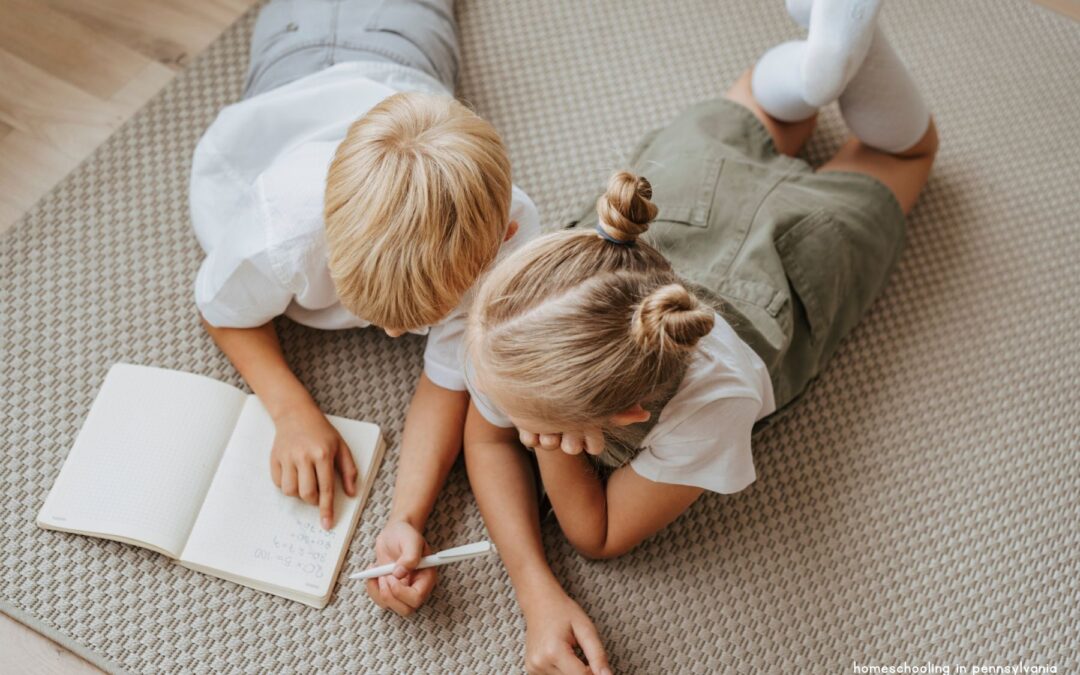Why Rhyming is Essential for Young Learners
Rhyming is more than just fun and games—it’s a foundational skill that plays a significant role in language development, phonemic awareness, and creative expression. Whether you’re teaching your child how to read, introducing poetry, or simply looking for engaging activities, rhyming offers endless opportunities to connect, learn, and laugh together.
In this blog post, we’ll explore the importance of rhyming, provide examples of rhyming words, and share creative activities to make learning rhymes a joyful experience for both you and your child.
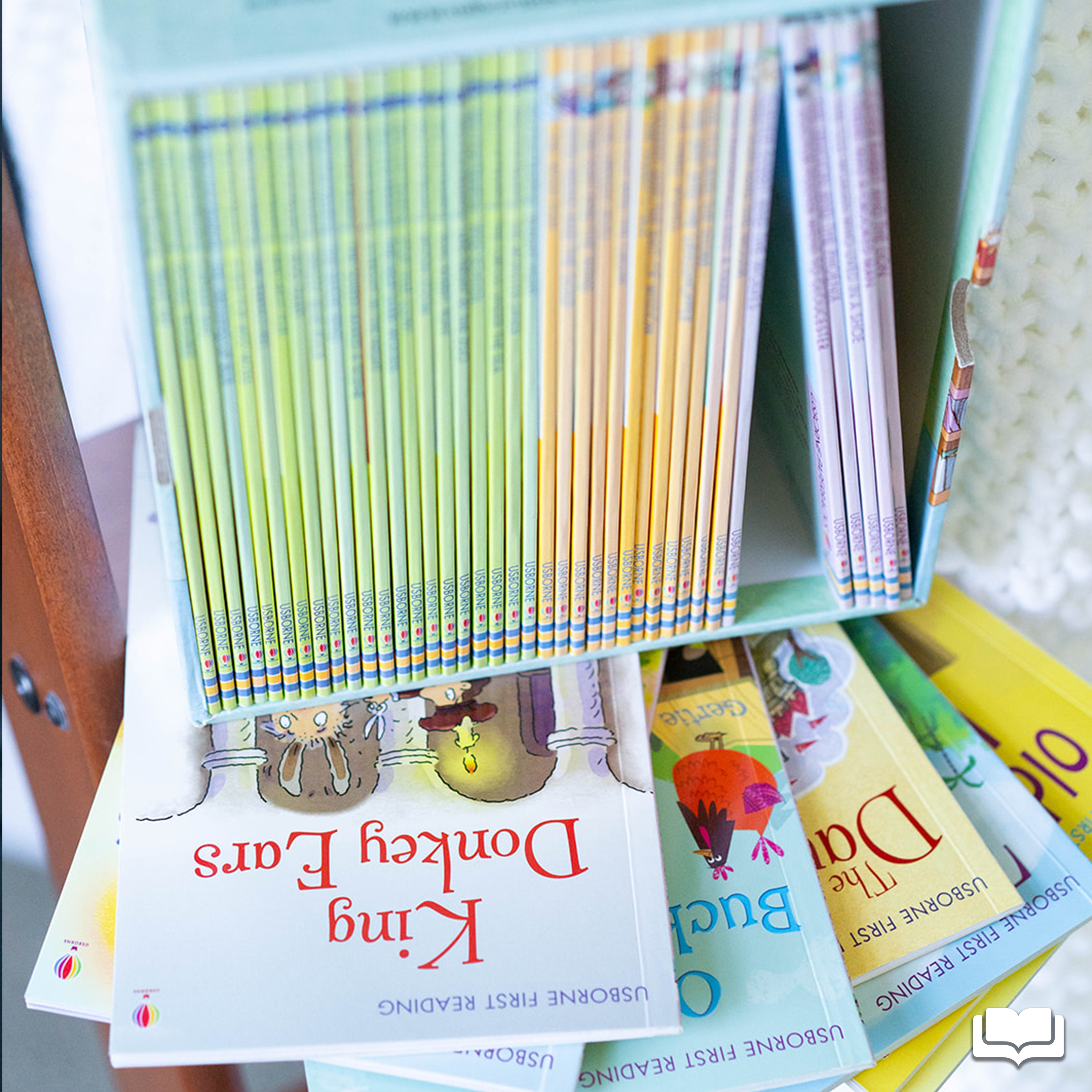
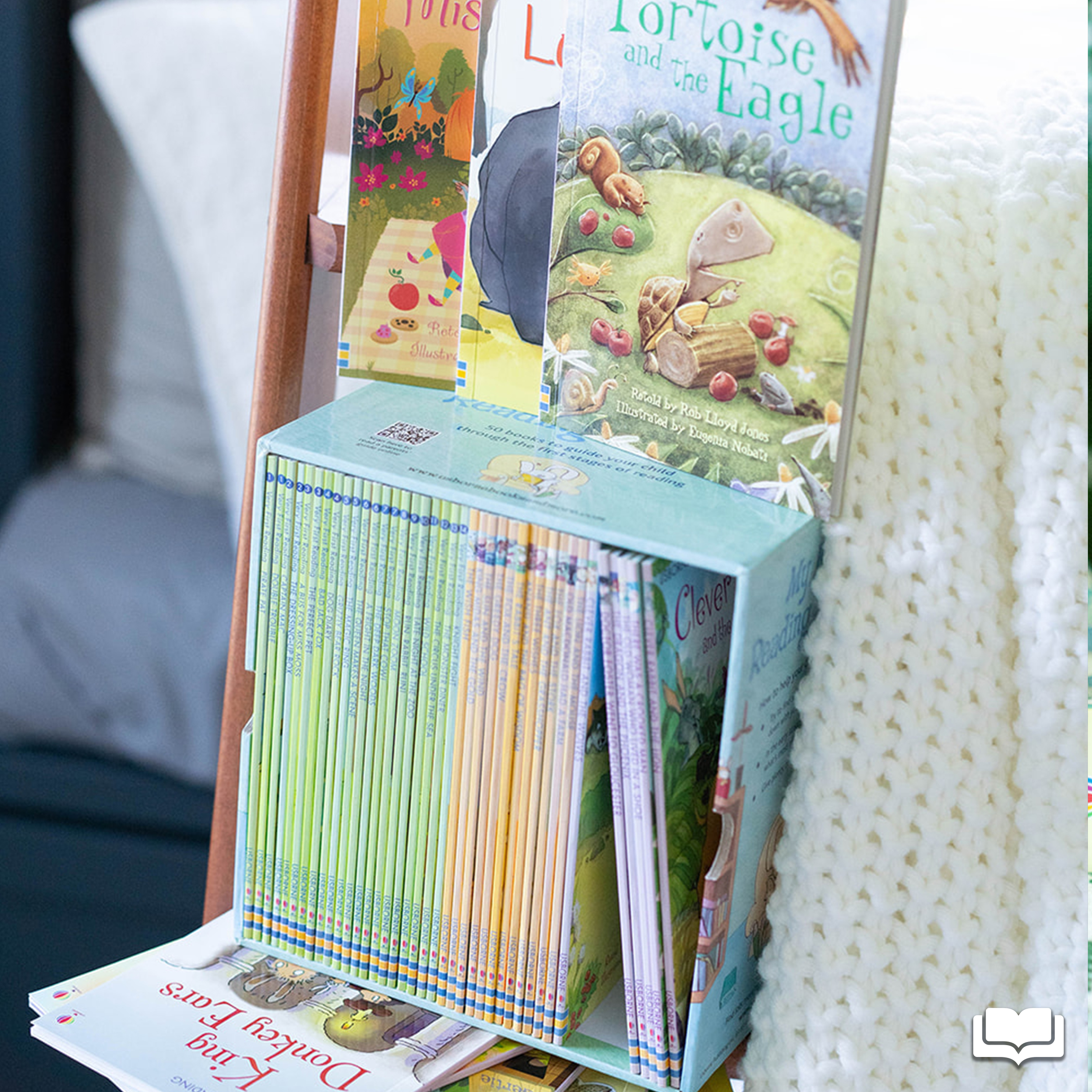
What are Rhyming Words?
Rhyming words are words that have the same or similar ending sounds, such as “cat” and “hat” or “star” and “car.” These matching sounds create patterns that are easy for children to remember, making rhyming an effective tool for learning new words and concepts.
There are different types of rhymes:
- Perfect rhymes: Words with identical ending sounds (e.g., “light” and “bright”).
- Slant rhymes: Words with similar but not identical sounds (e.g., “home” and “stone”).
- Nonsense rhymes: Fun, made-up words that encourage creativity (e.g., “wug” and “rug”).
By introducing these concepts, you can spark your child’s curiosity about language and give them the tools to play with words.
Why Rhyming is Important for Young Children
1. Language Development and Phonemic Awareness
Rhyming helps children recognize and understand patterns in language, which is a key step in developing phonemic awareness—the ability to hear, identify, and manipulate sounds in words. This is a critical skill for learning to read and write.
2. Building Communication Skills
By practicing rhymes, children enhance their vocabulary, pronunciation, and listening skills. Rhymes also encourage children to experiment with words, boosting their confidence in speaking and communicating.
3. Making Learning Fun
Rhyming activities are naturally engaging and playful. They create an enjoyable learning environment where children are motivated to participate, making it easier to retain new information.
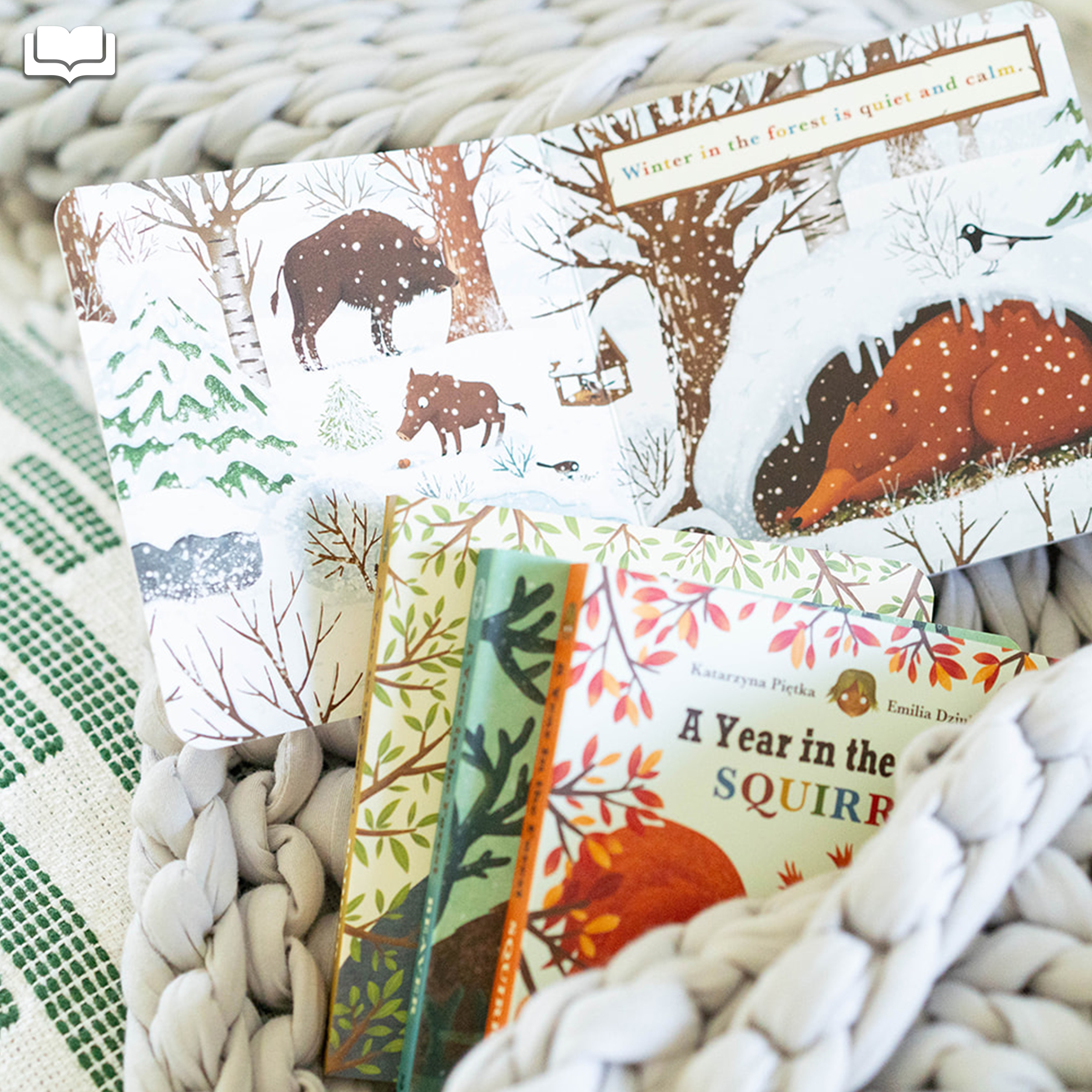
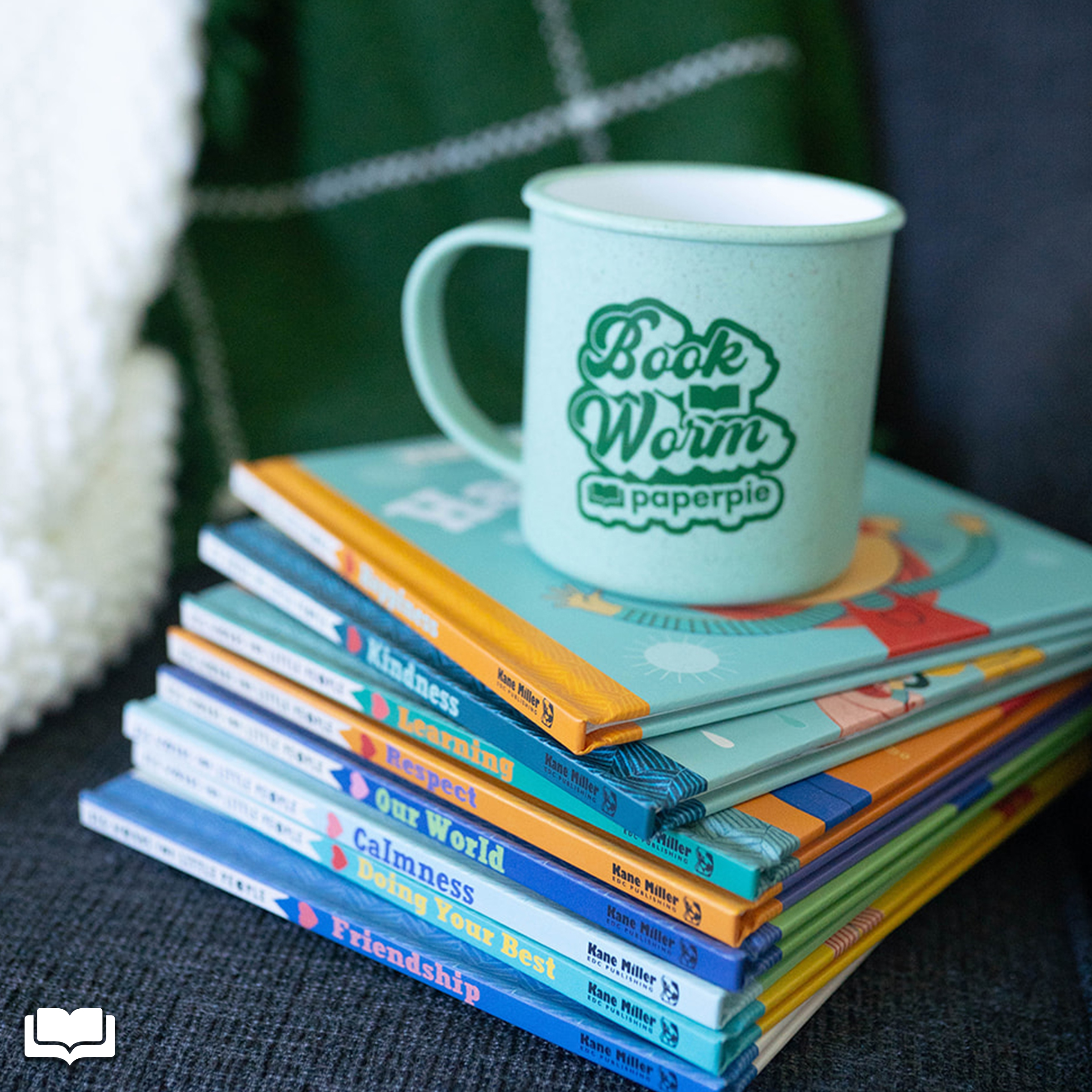
How to Teach Rhyming Words at Home
1. Start with Simple Rhyming Pairs
Begin with easy, one-syllable rhyming words that are familiar to your child. As you’ll see, these words all share the same ending sound. For example:
- Cat, hat, bat, rat, mat, sat, flat, gnat.
- Star, car, far, jar, bar, tar, par.
- Tree, bee, see, free, three, flee, spree.
Once your child is comfortable with these, gradually introduce more complex rhymes or multi-syllable words, like “bunny” and “funny” or “sunny” and “honey.”
2. Use Nursery Rhymes and Songs
Nursery rhymes are a treasure trove of rhyming words. Classics like “Twinkle, Twinkle, Little Star” and “Humpty Dumpty” are perfect for teaching rhymes in a fun and memorable way. Sing along with your child and point out the rhyming pairs as you go.
For an added challenge, you can create your own verses to familiar nursery rhymes by changing the words while keeping the rhyming pattern. For example: “Twinkle, twinkle, little fish,
How I wonder what’s your wish.”
3. Play Rhyming Games
Turn rhyming practice into a game. Here are a few ideas:
-
- Rhyme Detective: Say a word and challenge your child to find as many rhymes for it as they can. For example, start with “cake” and let them discover rhymes like “bake,” “lake,” “snake,” “rake,” and “stake.”
- Bingo Cards: Create bingo cards with rhyming pairs and call out words for your child to match. You can use themes, such as animals or food, to make it more engaging.
- Finish the Rhyme: Start a sentence and let your child complete it with a rhyming word. For example, “The cat wore a funny…” (hat!). Add variety by using different word families each round.
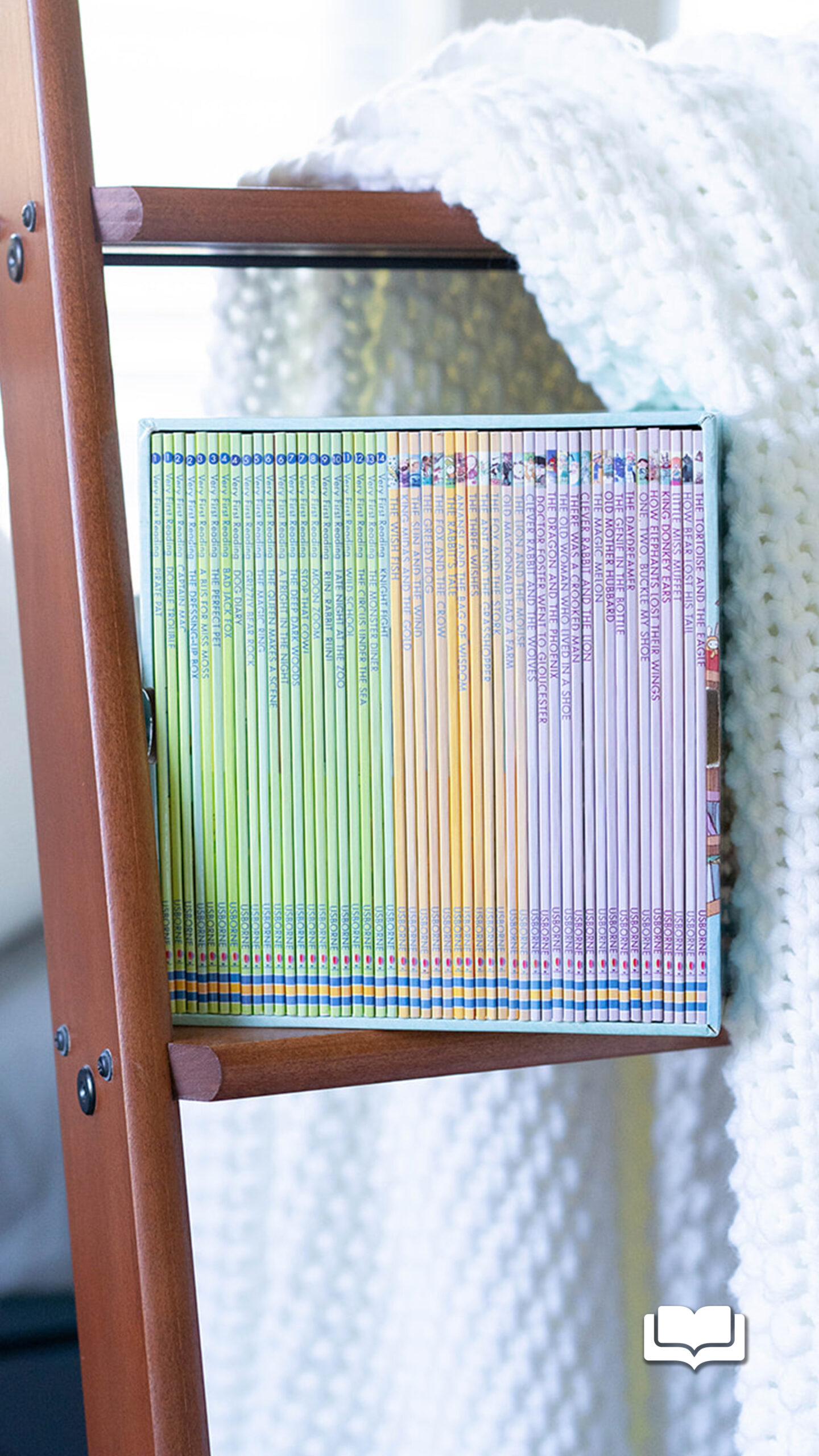
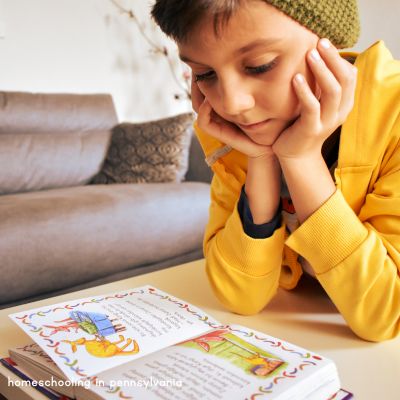
List of Words for Rhyming
1. One-Syllable Words
- -at Family: Cat, hat, bat, rat, mat, sat, flat, gnat, pat, brat, chat, splat.
- -og Family: Dog, fog, log, jog, frog, hog, smog, bog, clog, slog.
- -it Family: Sit, fit, hit, bit, kit, lit, wit, spit, pit, quit, skit.
2. Two-Syllable Words
- Bunny Family: Bunny, sunny, funny, honey, runny, money, tummy.
- Happy Family: Happy, snappy, clappy, sappy, nappy, crappy, yappy.
3. Nature Rhymes
- Tree, bee, sea, free, three, flee, spree.
- Grass, glass, class, brass, pass.
- Sky, fly, high, dry, lie, bye.
4. Action Rhymes
- Run, fun, sun, done, gun, pun.
- Jump, bump, lump, stump, plump.
- Hop, pop, top, mop, shop, drop.
5. Feelings Rhymes
- Glad, sad, mad, bad, had.
- Love, dove, glove, shove, above.
- Cheer, dear, near, fear, here.
Encourage your child to create their own lists of rhyming words to practice word families while developing their phonemic awareness.
Creative Rhyming Activities for Parents and Children
1. Create a Rhyming Word Wall
Designate a wall or a bulletin board in your home for rhyming words. Each week, choose a word family (e.g., -at, -og, -ing) and add words to the wall as your child learns them. You can color-code the words or add illustrations to make the wall visually appealing. For example:
- For the -at family, draw a picture of a cat and write: cat, hat, mat, bat.
- For the -og family, add a frog and write: frog, log, jog, smog.
Create and display this list of rhyming words in your homeschool area, in bedrooms, kitchens, or create your very own rhyming dictionary to use over and over again.
2. Write a Short Poem Together
Collaborate with your child to write a simple poem. Start with a basic structure like a couplet (two lines that rhyme). For example: “The moon is shining bright,
The stars come out at night.”
Encourage your child to think of their own rhymes and add to the poem. You could even turn it into a family activity where everyone adds a line.
3. Play with Nonsense Words
Inspired by Dr. Seuss? Make up silly, nonsense words that rhyme. For instance, “The zibble found a wibble on the way to see a dribble.” This activity encourages creativity and helps children focus on the sounds rather than the meaning of words.
4. Explore Nature for Inspiration
Take a walk outside and use what you see to create rhymes. For example:
- “I see a tree,
And there’s a bee.”
Extend this activity by writing a short poem or rhyming story about the adventure.
5. Change the Song Lyrics
Take familiar nursery rhymes and songs and change the lyrics to create silly and memorable new rhymes. By using similar sounds but different words, you’re creating new imaginative songs just by swapping out the consonant sounds in words.

The Role of Rhyming in Poetry
Introducing rhyming to your child through poetry can ignite a love for creative writing. Rhyming teaches rhythm, flow, and structure, which are essential for crafting poems. Here’s how to make poetry fun:
- Read children’s poems by authors like Shel Silverstein or Jack Prelutsky.
- Encourage your child to write their own poems, even if they’re short and simple.
- Create themed poems, such as a poem about family, pets, or favorite foods.
Helping Young Writers Use Rhymes in Creative Writing
Rhyming can transform writing into a fun and interactive process. Here’s how to help your child incorporate rhymes:
- Start Small: Use simple sentences or short poems.
- Provide Prompts: Give them a starting point, such as “Write about a day at the park.”
- Celebrate Their Work: Display their poems or read them aloud to family members.
Make Rhyming a Daily Adventure
Teaching rhyming words to your child is not only educational but also a great way to bond. By incorporating rhymes into everyday activities, songs, and games, you’re building a strong foundation for their language skills, creativity, and love of learning.
So grab a notebook, sing a song, or play a rhyming game—it’s time to make rhyming an exciting part of your child’s day!

